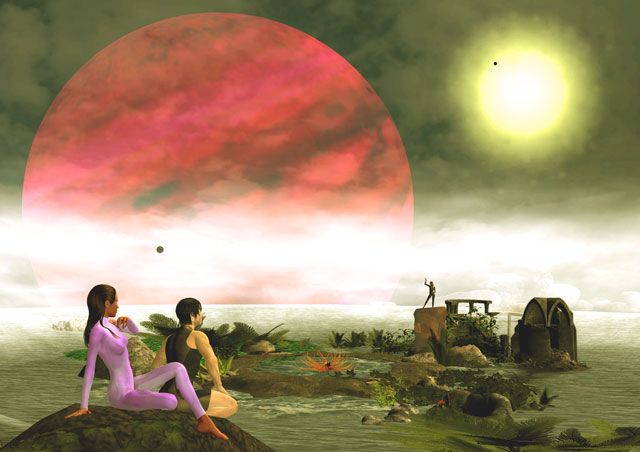Below you should see a basic Human Eye photopic response: and the Sun's Radiation Spectrum (Higher Res)
There are several learned sites which refer to the original measurement problems eg this by Jame T. Fulton
The eye's senstivity to low light levels is also intersting as it shifts to blue/ UV wavelengths "At this very low light level, sensitivity to blue, violet, and ultraviolet is increased, but sensitivity to yellow and red is reduced." NDT page.
Overall my conclusion is the either our star has changed its spectral output to a much green/ yellower colour OR human origins began in the environment of a RED/ BLUE star (?redgiant?). In either case our brains have simply adapted to these changes rather than evolving a complementary optical response. This is good news for the TV manufacturers and Dave Talbott
I could go on to discuss the chlorophyll in most leaves which reflect GREEN and absorb RED and BLUE. But that could be another thread!
